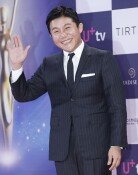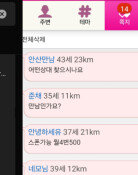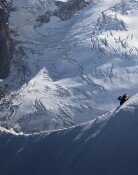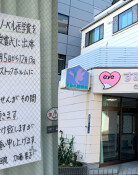The fall of unmanned reconnaissance drone
The fall of unmanned reconnaissance drone
Posted October. 15, 2020 07:58,
Updated October. 15, 2020 07:58
The two prototypes of the medium-altitude unmanned aerial vehicle (MUAV) developed to enhance South Korea’s reconnaissance capabilities over North Korea have proven defective: One fell during a test run, while an anti-icing system was found faulty in the other. Nevertheless, the Ministry of National Defense says it will push ahead with its plan to employ the drones in the field, albeit with limited use, in the first half of next year.
The fact that both prototypes have defects goes to show how big a challenge it is to develop advanced military technology. One can achieve it only by trial and error. Over 500 billion won has been invested, and the aerial vehicle still have major defects, which shows how far we still are from perfecting it. It calls for the need to review the schedule and see if it was too tight in the first place.
The real problem is that the military insists to stick to the schedule even if it means employing imperfect technologies. This has to do with an early transfer of wartime operational control (OPCON). The government has worked to meet the requirements for the transfer by an internal deadline, May 2022 when President Moon Jae-in’s term ends. A delay in the employment of the MUAV would inevitably disrupt its plan to equip the nuclear response capabilities, hence the urge to adhere to the schedule despite the defects.
To retake the wartime operational control (OPCON), Seoul must prove its capabilities to lead ROK/US Combined Forces Command and respond nuclear threats from North Korea, and a secure environment around the Korean Peninsula must be created. However, none of the three requirements has been met. To make matters worse, unexpected challenges keep springing up. The joint military exercise with the United States has been scaled back this year due to COVID-19, making it impossible to conduct the second test to evaluate South Korea’s operational capability. The South Korean military says it would arrange both the second and third tests next year, but speeding through the process will not get us to meet the requirements.
The defects found in the MUAV have made it clear that Seoul’s nuclear response capabilities may not be ready in time. North Korea showcased its new strategic and tactical weapons during its military parade on Saturday, which is far from a secure environment. However, the military leaders argue that the requirements can be adjusted if there is a delay. This is a matter of national security, and adapting the requirements to the schedule is a dangerous idea that should be abandoned.
Headline News
- South Korea’s migrant population surpasses five percent
- U.S. acting ambassador affirms joint exercises with South Korea
- China and Japan escalate dispute over naval radar incident
- Uptempo claims D3 Seoul basketball championship convincingly
- Democratic Party pushes insurrection court despite opposition warnings







